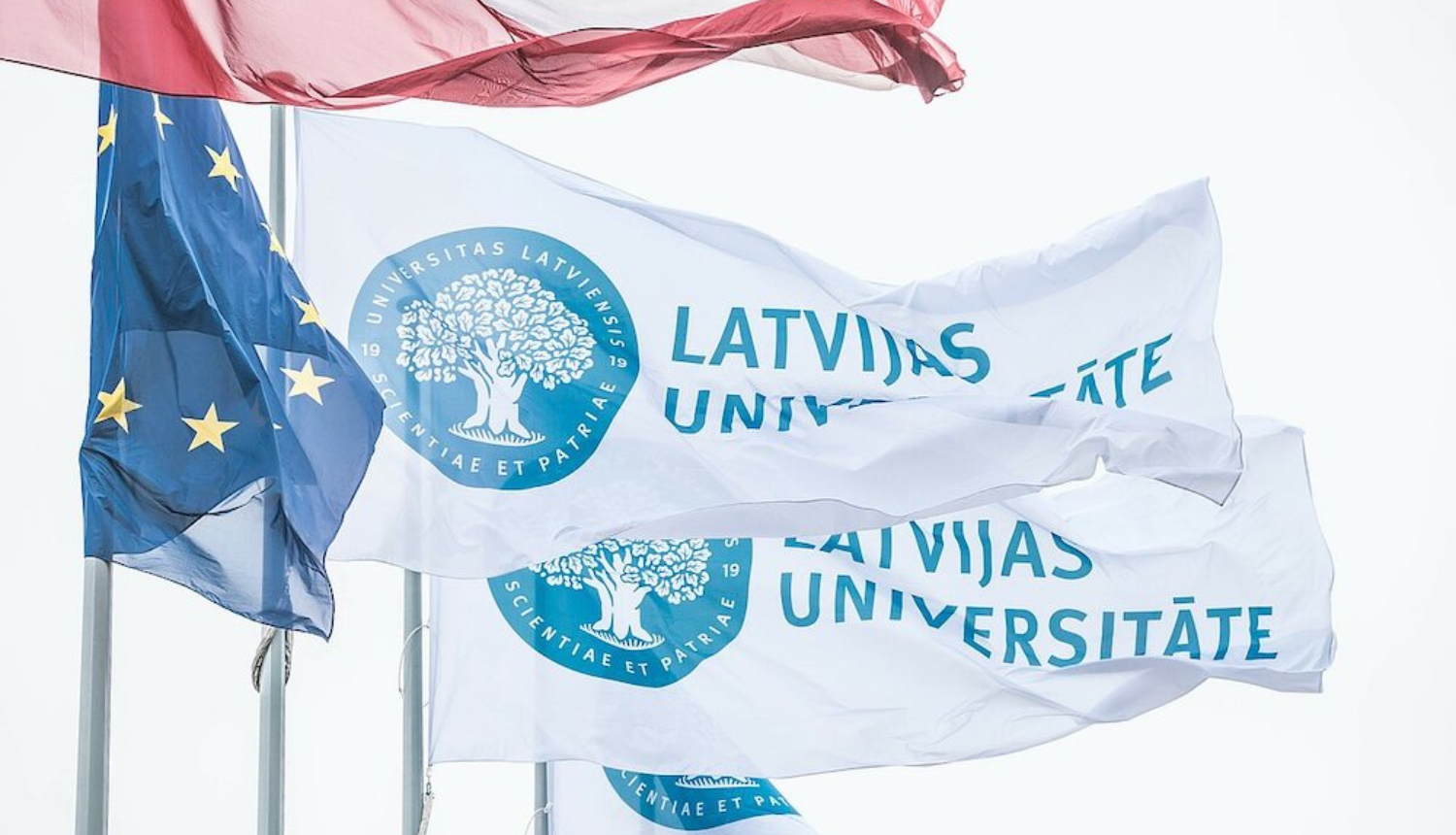The Institute of Physics of the University of Latvia (LU FI) in cooperation with the Dresden-based research laboratory "Helmholtz Zentrum Dresden Rossendorf" will research the topic of metal 3D printing and magnetohydrodynamic (MHD) methods of processing metal materials.
Metal additive manufacturing is a fast-growing, new technology that opens up a wide range of applications. High-quality raw materials with predictable properties and behavior under the influence of heat are required, as well as ensuring that the molten metal behaves in the same way every time. During metal additive manufacturing, a small amount of metal is melted with the help of a laser or an electric arc, which then solidifies in the required place. Controlling heat and fluid transfer during melting and solidification is critical to ensure an accurate and controlled process.
The goal of the project is to create cooperation between the young researchers of both institutions on the topic of metal 3D printing and magnetohydrodynamic methods of processing metal materials and how electromagnetic methods interact with the metal 3D printing process itself. Magnetohydrodynamic methods are effective for controlling liquid metal by Lorentz forces, but there are several magnetohydrodynamic methods, such as static magnetic field, alternating magnetic field, pulsed magnetic field, and their combinations, which can be used for different purposes to improve metal 3D printing.
Both HZDR and LU FI have long-term experience in applied research of magnetohydrodynamic methods, as well as in materials research. HZDR also has extensive experience in conducting liquid metal flows and solidification and other studies using X-ray and neutron radiography.
It is planned that experience exchange visits and joint seminars will be organized during the project to combine HZDR's competences in liquid metal radiography and study of magnetohydrodynamic flows with LU FI's current research in metal 3D printing.
Also, during the project, it is planned to carry out the first pilot X-ray radiography experiment at HZDR in order to understand the limits and feasibility of the method of solidification analysis and research of aluminum alloys, which is being studied at LU FI.
Photo: Toms Grīnbergs, University of Latvia
